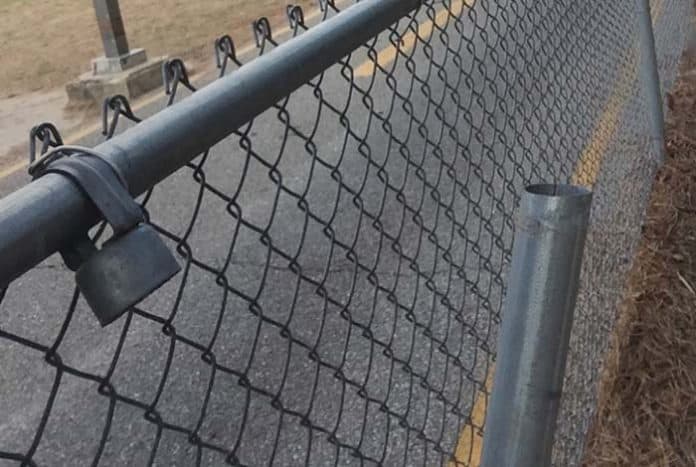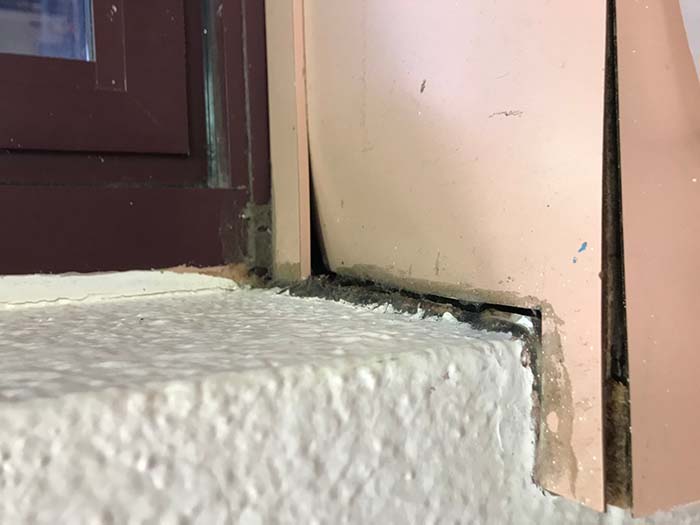
TOMS RIVER – After breathing a sigh of relief, district officials said they’ll be working on a schedule for when projects will be done now that the referendum passed, 7,513 votes to 5,383.
The first thing that district officials want to do is give thanks, Superintendent David Healy said.
“Thank you to our dedicated school board, our relentless administrative team, and our vocal public supporters. And I reserve my most heartfelt thanks to the voters of this community, who made education a priority and who have helped secure the future of this district and all of Toms River. Not only that, but their votes are a reflection of faith and trust in our administration and school board, and that is something we do not take for granted,” he said. “Thank you, Toms River, for your trust and faith in us, and rest assured we will not let you down.”
Officials didn’t name specific projects that would be started first.
“They all amount to priority projects,” Healy said. The top of the list would be anything surrounding the health and safety of children, the “envelope” of the buildings to keep water from leaking in, and anything that has a daily impact on instruction.
The Toms River Regional School District is made up of several towns. They will be affected thusly:
- Toms River: Residents with the average home assessment of $272,400, would see an increase of $141.65 per year.
- South Toms River: Residents with the average home assessment of $165,200, would see an increase of $72.52 per year.
- Beachwood: Residents with the average home assessment of $203,600, would see an increase of $96.75 per year.
- Pine Beach: Residents with the average home assessment of $267,900, would see an increase of $132.72 per year.
To get a more specific cost, the district has a tax calculator on its website: trschools.com/community/referendum. Residents can enter their town and the assessment on their property to determine what the change in their taxes would be.

However, taxpayers will likely feel less than that. Board member Michael Horgan, who chairs the budget and finance committee, said the day after the referendum that the district probably won’t bond the entire $147 million at once. The plan, which was also discussed by business administrator William Doering, is to take out smaller bonds, and prioritize the projects. This would ease in the increases more slowly, and it will also give the district the opportunity to go for bonds with lower interest rates when they become available.
Additionally, the district was required to advertise a worst case scenario interest rate when pitching it to the public. It will likely be less, Doering had said.
Some of the bonding might come online when other debt is being paid off, so taxpayers might not feel as much of a bump, he had said.
The Board of Education will probably vote in February to allow the district to begin the bid process for the first projects, Horgan said. Then, construction could start in the summer, when the buildings are being used less.
Many people were concerned about the cost of the referendum, but it will also put money and value back into the area, Healy said. The district is going to sign a project labor agreement which will require 88 percent of the workers to be local. Therefore, the money spent will stay here.
Additionally, having a thriving school district increases property values, he said. “When someone is moving into the community, the first thing they ask is ‘How are the schools?’ ”
What school officials had tried to stress during public hearings before the vote was that the taxpayers were also saying “yes” to state money.
When a referendum gets approved, the projects are open to partial state funding. The state had agreed to pay $47,281,593 of the $147,148,269 price tag. This would leave $99,866,676 that would be bonded, and paid off over years.
The way a referendum works is that the state pays a portion if the referendum is approved. If it’s not, the district has to fund the improvements on their own. That’s why a lot of districts use referendums to gain access to the state money. They figure that if they have to make repairs, they might as well get state money to help fund it.
None of this affects maintenance projects that the district currently has underway, officials said. They perform a few million dollars worth of projects every year. Additionally, there were $17.8 million in energy projects. What happened was that the district bonded for the $17.8 million, and the projects being done are saving $1 million annually in energy costs, so it will be paid off without raising taxes.
Not everyone was confident that the Toms River schools would pass. Last year, the Toms River Township Council attempted to double its open space tax to collect more land and make it unbuildable. That measure failed 17,121 “no” votes to 11,267 “yes” votes.
The district is faced with a huge drop in state aid that is not tied to any referendum. The state provides funding to every district every year. However, new figures will put Toms River at a loss of $70,685,260 over the course of seven school years. The district is currently mounting a legal opposition to this.
Horgan said he was excited about the referendum passing. He thought it might pass, but he didn’t expect the margin that it did. Since the district was stuck between fighting Trenton and also funding maintenance projects, the fact that it passed means it takes some of the pressure off. “We can fix these things without squeezing every penny out of our operating budget.”






